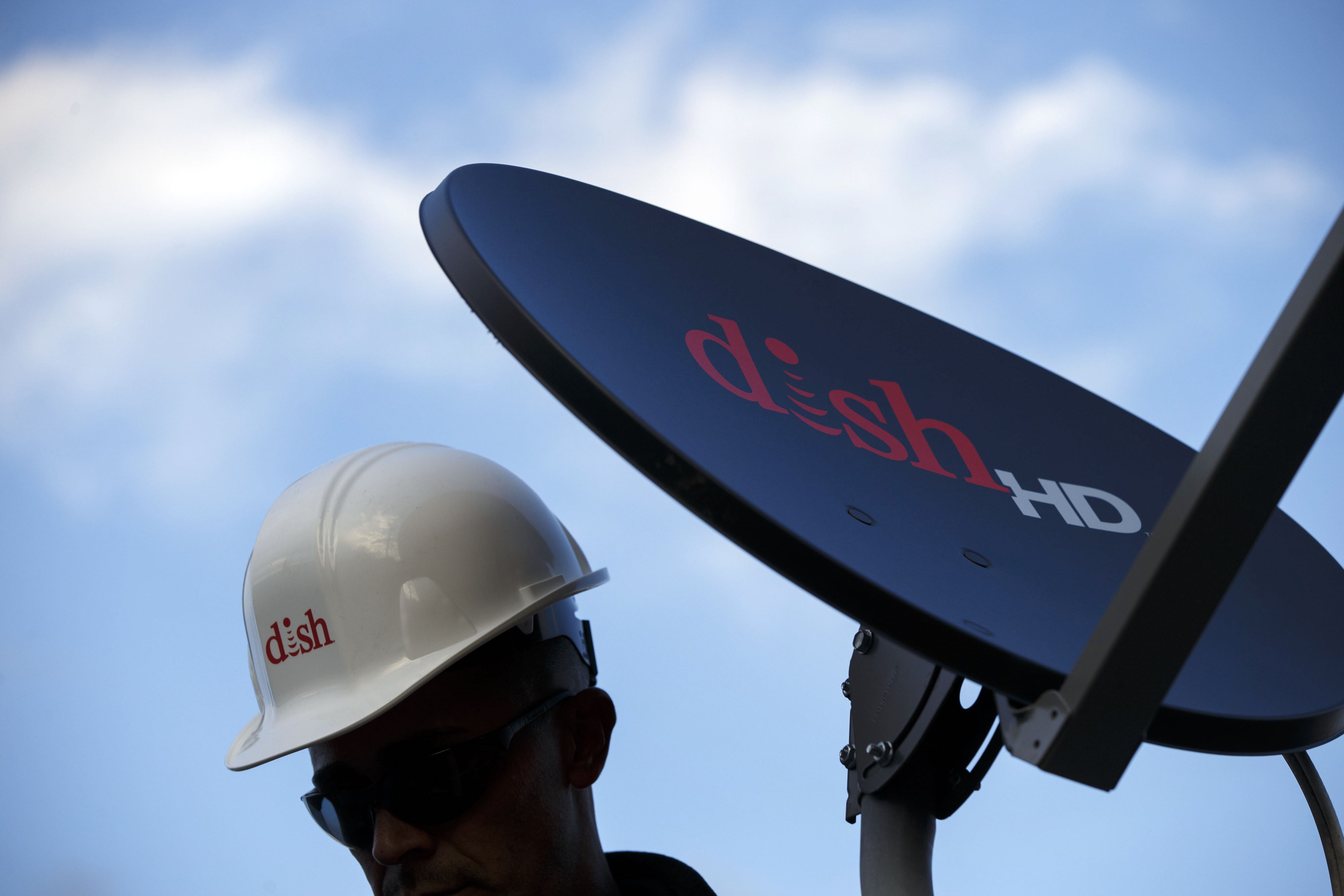
Dish Network said it incurred about $30 million in costs related to "remediation, additional customer support and additional IT" related to a cybersecurity attacked launched against the company back in February.
Speaking to equity analysts and business journalists during its first-quarter earnings call Monday, Dish said that its legacy satellite TV business, which is underpinned by older computer systems, suffered the brunt of the damage.
With the company unable to respond to customer technical and billing inquiries for weeks, churn increased for the company's linear video business, and Dish experienced an outsized loss of 318,000 satellite TV subscribers in Q1. With Sling TV also bleeding out 234,000 customers, Dish lost 552,000 pay TV users in the first quarter.
"The big story was their satellite TV churn rate, which spiked sharply to a level much higher than last year, or than expected," wrote equity analyst Craig Moffett in a report to investors Monday. "Dish’s churn rate of 1.98% was up 39 bps from a year ago, an almost unprecedented jump, missing consensus by an astounding 62 bps."
The faster legacy Dish businesses like satellite TV and the pre-paid Boost Wireless business decline, the more Dish has to borrow to fund its buildout of a national 5G post-paid wireless network.
Dish’s net income fell 48% to $223 million in the the first quarter, while revenue declined by 9% to $3.96 billion
Dish faces several investor class-action lawsuits tied to the hack. But with the crisis over, Dish, which contradicted earlier statements by saying Monday there was no customer data compromised in the attack, said it expects its satellite business to return to "normal run rates" immediately.
Meanwhile, Dish also confirmed that it is partnering with Maxstar to launch a new satellite in 2026.
Dish's satellite TV rival, DirecTV, said two years ago that it was done launching new satellites.
"We don’t think the DBS business is going away," said Dish Chairman Charlie Ergen during Monday's earnings call. "It's still the choice of a lot of Americans as an efficient way to watch TV. We just want to make sure we have the right facilities in place for our customers."







